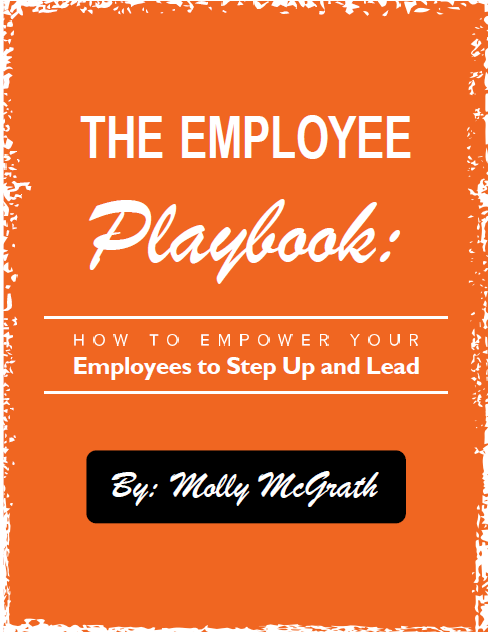Money will always find a way to get your attention. If you are not consistently paying attention to money, it will remind you why you should. Typically, when new client hires are low, expenses are higher than normal and you are unsure how you got to that state – and paralyzed over how to get out – that’s when you start looking for solutions.
 In our experience, it is easy to get lost in the twisting path of broken cash flow. And it’s just as easy to get out. If any of the items below sound familiar, you might be falling into some common traps that can lead to cash flow issues.
In our experience, it is easy to get lost in the twisting path of broken cash flow. And it’s just as easy to get out. If any of the items below sound familiar, you might be falling into some common traps that can lead to cash flow issues.
5 mistakes law firms make that cost them clients:
- No onboarding process: There is nothing worse than a disorganized onboarding process that is not methodically laid out and communicated to clients up front. Clients need to be trained on how to behave, and on what to expect and when, so it’s important to document and communicate your onboarding process. Having a workflow process displayed on a visual flowchart on your website, in your brochures and in your welcome packets will eliminate confusion in your clients and onboard new clients quickly. You also need to ensure that everyone in the office understands it, regardless of their position. When clients don’t know what to expect and when from the first interaction, they tend to find themselves upset somewhere along the way while working with you.
- Reactive communication: Your clients want to see results. There is nothing worse than silence for long periods of time and then the “oh crap” call out of nowhere indicating that you cannot complete the work until you get x. Or worse, you’ll get the client calling for an update, only to hear that you need something from them in order to move forward. If clients don’t see the value of hiring you, they will never refer you. So check in with them. They spend money with you; talk to them, set up a recurring call, maybe put them in your weekly or biweekly calendar. Even better, surprise them with proactive communication that consists of, “Just wanted to give you an update,” especially when there is nothing you need from them at that point. That goes a LONG, LONG way.
- No automated project management: When you are operating all your work in progress with spreadsheets or, worse, Word document lists, you run the risk of dropping the ball. Make sure you are reviewing your reporting every single week with your entire team, including status of all work in progress and where each file is within your process. If there is information your need from your client and/or any of their “helpers,” make sure you are communicating with everyone involved in real time. If you don’t have a CRM, check out something as simple and inexpensive as basecamp.com.
- No accountability cop: The fastest way to lose a client? When you are spread thin and do not have someone babysitting you, constantly. You have too many projects that you are dropping things on, and you are operating as a rugged individualist, trying to do it all. Alone. You are not able to give clients quality attention because you are juggling too much. So don’t take on clients you can’t help. Never promise more than you can deliver – especially if you do not have a team leader/strategic assistant/accountability cop in place.
- You do EVERYTHING: You take every job that comes into the office. You do parking tickets, wills, guardianships, corporate minutes, even the dreaded litigation case if things really get slow. Yes, there are riches in niches. But when you take on EVERYTHING, you aren’t specialized and focused. You are a master of none.
We are hearing more and more from business owners who are realizing they cannot do it all alone. It’s time to automate and enroll your team (they have been patiently waiting for you to do this) to lead the administrative stuff that has been holding you back. It’s keeping you from focusing on your top revenue-producing activities.
Your employees see and understand that, if you can be freed up to focus on the opportunities and give them the follow-up and project management needs of the business, there is growth and leadership available for them. Imagine this: You invite your only employee to sit through every meeting involved in your process for the next five days, from the first meeting with the client to the last. You then debrief with her and check in on what showed up for her during those meetings, and if she saw the difference your business and process made in the client’s mindset, stress level and overall life.
You then move into a conversation about the art of drafting and bring up your document-creation software, and you show her how the software exactly matches your trusty intake forms and every tool you used during those meetings. Now she can see how the documents she drafts play a huge part in the difference your business makes for clients. It’s not just paperwork or data entry now. Do you see the difference in this approach? Empower versus delegate. It’s the same amount of work on your part (we lobby much less) either way, but one produces results. And I think we all know too well where delegation leads us: to a place of “I can’t get my employees to do what I need them to do.”
You can stop making the 5 mistakes that are costing clients and start focusing on growing your business without snowballing overhead, time, budgets and staff. If you are ready to create an intentional (achievable) plan to take your business to a new level and make more money, click here and schedule a 30 minute FREE discovery call with us today! Let’s go to work….
Molly & Laney

